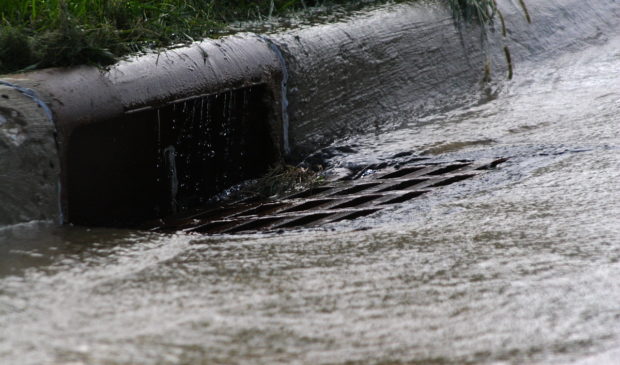Code rewrite team says development can help city water problems
Monday, September 30, 2019 by
Ryan Thornton The Land Development Code rewrite team has again struck a balance on city priorities. At Thursday’s update with City Council – the last before the draft document goes public Friday – the team outlined its strategy to leverage growth and housing goals in order to protect residents against floods and ensure better water quality.
As written, staff said the code will address water issues from several angles: It will encourage redevelopment over remodeling at sites with ongoing drainage issues; expand requirements for water quality controls; replace small-scale drainage improvements with high-impact regional efforts; and allow for denser housing types without increasing allowable impervious cover in any individual watershed.
“I am particularly pleased to see … that the code improves water quality and decreases flood risk in the city,” Mayor Steve Adler said. “I think that was something that was really important for the community to know would be part of this.”
Environmental advocates have criticized the proposal to allow environmentally noncompliant properties to redevelop their impervious cover, arguing that it could ultimately work against the city’s goals by encouraging more daily car trips, but staff said the sites in question are in serious need of water quality improvements, which are unlikely to be added during a remodel.
“The downside of a remodel is that it doesn’t provide any additional water quality treatment, environmental protections or range of the other upgrades you would get with a full redevelopment, such as sidewalks, street trees, landscaping, erosion hazard zone protections, or now with the new (Land Development Code) revision proposal, flood detention or drainage improvements that will be required of redeveloping sites,” said Andrea Bates, environmental program coordinator with Watershed Protection.
As Bates noted, the code proposal would also depart from current regulations by treating redevelopments like new developments and requiring them to include stormwater management measures as part of the site plan, even when they do not include an overall increase in impervious cover.
In light of the city’s housing goals, Matt Hollon with Watershed Protection said allowing for redevelopment where it is currently prohibited is even more attractive.
“Very few landowners are probably going to take an old, beat-up strip center with a lot of impervious cover and just replace it with something identical in terms of size,” Hollon said. “So they would probably come in with something that has more activity, more use and more housing.”
Council Member Leslie Pool questioned the wisdom of staff’s proposal to increase the maximum allowable impervious cover in transition zones from 45 to 50 percent. Without an idea of what the impacts of that change could be, Pool suggested staff refrain from raising allowable impervious cover by any amount in any zones.
According to staff, the modest increase in impervious cover allowance in the transition zones, where housing is intended to be relatively compact, will help absorb more of the city’s growth but with a smaller footprint than if the homes were built in non-transition single-family zones. Overall, transition zones as currently mapped will only make up about 2 percent of the city’s total land area, said Austin Transportation Assistant Director Annick Beaudet.
At the same time, Hollon said, maximums in other zones, such as along corridors, may be decreased under the new code.
For the sake of clarity, Council Member Alison Alter emphasized the difference between allowable and actual impervious cover. With a code that promotes so much development, she said, actual impervious cover is only going to increase in coming years.
When asked what time to expect the document on Friday, Brent Lloyd of the Development Services Department couldn’t give the Austin Monitor a precise answer. But, he declared, “I can tell you that it will be good.”
Photo by Robert Lawton, CC BY-SA 2.5, via Wikimedia Commons.
The Austin Monitor’s work is made possible by donations from the community. Though our reporting covers donors from time to time, we are careful to keep business and editorial efforts separate while maintaining transparency. A complete list of donors is available here, and our code of ethics is explained here.
You're a community leader
And we’re honored you look to us for serious, in-depth news. You know a strong community needs local and dedicated watchdog reporting. We’re here for you and that won’t change. Now will you take the powerful next step and support our nonprofit news organization?






